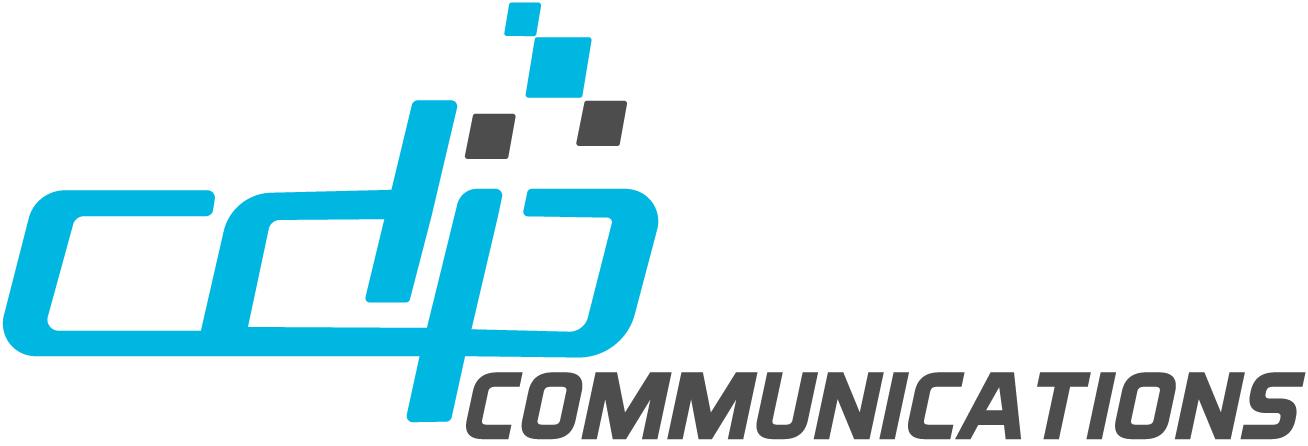Accessibility laws are not just applied to the physical world. There are, of course, accessibility laws and principles in action in the real world and how it is applied. Sometimes these are obvious, and sometimes, well… not so much.
Today, federal and regional laws mandate that digital content and public-facing documents must be made accessible. And it’s not just the law… it is the right thing to do. Ensuring that websites, online records, digital content, and transactional enterprise documents like bills, statements, notices and letters, comply needs the right strategy, technology and approach. There is no magic wand that addresses them all. But all need to be addressed.
The state of things today… A Lay of the Land
Many organizations recognize the need to address accessibility. Some are forming teams or committees, and consulting Accessibility experts to take on the important work of making things accessible.
Many are helping to create a culture of Compliance, ensuring equitable outcomes for all and making sure that the Diversity, Equity and Inclusion goals and initiatives that they’ve put in writing come to life and become a reality.
Oftentimes numerous teams are involved to create success
All organizations want to mitigate the significant risk to their brand, and the obvious legal risks of being non-compliant (like costly litigation and other legal penalties). In effect, Many teams including Risk and Compliance, IT. Communications, Marketing, and DEI teams are driving much of that change. They often collaborate with designers, architects, and builders. And when it comes to the digital world, they collaborate with their IT teams to ensure everything’s covered.
While it is important to have a holistic approach, by ensuring physical locations are accessible and at the same time working to ensure the company’s website is also accessible, it is but part of the picture. In fact, websites are only one way that an organization engages with an audience, most importantly their valued customers.
It isn’t just websites that matter
But, what about the regular touchpoints an organization has with these valued customers? This includes the digital transactional documents sent daily, weekly, and monthly. Statements, bills, letters, invoices, quarterly reports, notices, cyclical updates, insurance policies, and more. These need to be addressed as well.
The same laws that ushered in important changes for accessible wheelchair ramps, cut curbs and automatic doors also apply to digital correspondence. Your transactional documents must be accessible and compliant.
The long arm of the law reaches all the way into the digital realm
In the United States the Americans with Disabilities Act, or ADA, was signed into law over 30 years ago. It applies to the built environment, as well as the physical, tangible world. It now includes the digital world, including websites and digital documents. Other regions also have Accessibility laws by which all organizations, public and private, must abide. In the province of Ontario, Canada, there exists some of the most stringent accessibility laws on the books today. The Accessibility for Ontarians with Disabilities Act or AODA has deadlines for digital accessibility that have already passed. This leaves many companies in a state of non-compliance and considerable risk.
The reason Accessibility laws exist in many jurisdictions around the world
Whether in the U.S., Canada, the EU, the UK, Australia and elsewhere… Accessibility is a global concern. Why?
- Mobile Screen Reader usage is up 76% in 8 years.
- Broad web audits found that 71% of web forms were inaccessible.
- The aging population is predicted to triple to 1.5 billion by 2050 presenting a growing scope to the problem of inaccessibility.
- Most of the bills, letters, statements, and more sent electronically cannot be read by assistive technology.
- Upwards of 20% of people identify as having a print disability.
So that begs some important questions: How can an organization serve their clients better than anyone else? How can they simultaneously boost their brand and customer engagement in the most effective and meaningful way? And as importantly, how can they get into compliance and avoid the risk to reputation, brand, and of course the risk of costly litigation? Let’s first consider the laws and what they mean for organizations today.
Some accessibility laws in their application are obvious in plain view
Accessibility laws in their application aren’t always ‘obvious’. But they are often right there in plain view. Many things are designed to ensure everyone is served in an equal way.
At the bank, for instance: The ATM is a place to view and manage your finances and a place to deposit and withdraw money.
Here are some quick, but perhaps not-so-obvious applications of Accessibility law at play:
- Enough floor space to accommodate wheelchair users, and accessible ramps
- Accessible entrances
- Headphone jacks so that users can listen to what is on the screen.
- Braille displays and Braille on the buttons.
- Accessible colour contrast on the display screens
The Benefits are UNIVERSAL
Compliance doesn’t happen by accident. Compliance happens with intention and by design. And in this banking example, asking someone in a wheelchair to roll up to the Teller to do their banking isn’t equitable. Allowing everyone the same means to conduct business with the bank is equitable. Everyone deserves the speed and convenience of using the ATM. And it is the bank’s responsibility and in their best interest as a business to make it so. The downsides of not complying are unattractive, both financially and reputationally.
That said, let’s say we were designing an ATM from scratch; we might not think to put a headphone jack. We wouldn’t instinctively put Braille on the displays or buttons. Nor might we intuitively give much thought to the floorspace required to accommodate wheelchairs.
Luckily, in this example, banks don’t have to go back to the drawing board. They don’t need to rethink or re-imagine accessible in-person banking. They’ve handled it with design and compliance in mind. They consulted with expert designers and builders who put these mandated measures into play. Mission accomplished. Compliance achieved. Risk averted.
Delighting ALL of your customers wins the day
Organizations putting accessibility front and center spread benefits to everyone. They essentially do what all businesses need to do in creating a competitive edge and bolstering their brand. They delight their customers. Those who do nothing face legal risks, suffer the effects of this compliance ‘fails’. This includes paying fines and facing litigation, and risk a significant hit to their image. Being late to the party means shouldering the liabilities.
The percentage of people with disabilities continues to grow. The aging population promises to make that percentage grow with it. Companies can no longer ignore digital accessibility. Because Accessibility laws are not just applied to the physical world, it is necessary to ensure your digital properties and digital documents are all accessible.
When we design for all, everyone wins
Besides, when it comes to accessibility, the benefits are far-reaching and universal. There are plenty of examples in everyday life:
- Closed Captioning helps the hearing impaired but ALSO helps parents with sleeping babies. Parents can enjoy their favourite television programs without the fear of waking the baby or disturbing others in the home.
- Live streaming certainly helps those without mobility but also became the norm during the pandemic.
- Google Home and Alexa certainly help individuals with visual and dexterity impairments, but really makes life easier for everyone in countless ways.
- E-readers allow users to listen to books the day they are released, rather than waiting for someone to record an audiobook. It provides an equitable experience for persons with a print disability, but in truth (and in practice) assistive technology like screen readers help anyone who reads a lot for school or for work and deals with eye fatigue.
Reach out to us today ua@cdpcom.com, and we’ll help you get on the right track.




